As we discussed last week, a huge part of making a Fantasy Fellowship that everyone will enjoy playing against is making it ‘balanced’. A super-powered group of combat heroes probably won’t be very challenged by most of the scenarios, while a group of Hobbits is going to get hacked to pieces quicksmart. How we go about preventing either of these fairly unenjoyable experiences is by ensuring that our ratio of Saviours to Damsels (again, sorry) is relatively even. But we only briefly touched on the sort of factors that can make a given character into one or the other, and we already established that points cost isn’t that good of an indicator. So without further ado, let’s jump right in and look at what makes a character powerful or a liability in Fantasy Fellowship.
Combat ability
As we discussed briefly last week, this is the most
important aspect of any prospective Fellowship member. When you look at the
scenarios you’ll play through, it swiftly becomes apparent why. Almost every
scenario has a substantial element of straight up brawling, and in all of them
the Fellowship is likely to be outnumbered. What being outnumbered means is
that it is very hard for you to protect more than one or two models from the
rigours of frontline combat. Assuming that your Ringbearer will be hiding as best as he can (because if he dies, that's game over), basically all your other models will end up spending a decent portion of any game in close combat,
whether they want to or not. Not only is this an issue for fragile Hobbits and
the like that you want to keep safe, it also means it’s hard to get value from
heroes like Legolas and Gandalf that can be shut down by charging them. Anyone
who has played out Balin’s Tomb knows that no matter what you
do, Legolas is probably going to be functioning as a close combat
character most of the time. If you try and resist this inevitability, that probably relegates Frodo to the frontlines, which is... not ideal. That means that you’re very rarely getting much
value out of Legolas' superlative ranged prowess, and would generally be better off
fielding Tauriel instead. Almost all the Wizards suffer a similar fate, because
you’re unlikely to get as many turns of spellcasting as you would in a
normal Matched Play game. Without a battleline to hide behind, a model’s
capacity to stand on their own legs becomes vitally important.
We can broadly break this category down into two smaller
ones: durability and damage output. The first of these is important for every
model, because Fantasy Fellowship scenarios are effectively a war of attrition.
Taking less damage means that a character is less likely to be knocked out
of the fight, ensuring you maintain resources and are more likely to
scrape under the casualty limits for scenarios. In general, the best sort of
durability for campaigns is that focussed on a high Defence score, and on not
losing the Duel in the first place. High Wounds and Fate values are still
useful (especially the Wounds), but you’d rather not be relying on them because they might not come back between games. A high Defence hero, on the
other hand, is always hard to kill, no matter how badly they got beaten up in the
last scenario. Similarly, having a decent Fight value and multiple Attacks
makes you vastly less likely to be taking Strikes in the first place. Bombur
can take a few more hits than Dori, but Dori is likely to take way less Strikes
than his large companion.
On the other hand, we don’t care as much about the damage output of some of our models. In my current playthrough, Éowyn has ended up proudly hiding behind her shield for almost every round of combat, because I didn’t really need her to kill things as much as I needed her to not die. This will sometimes not be the case, but generally you can get by without your Hobbit-equivalents killing much at all. Where you do need the damage output is on the models that you’re relying on to rescue your Damsels. Whoever your Saviours are, they’re going to need to hack their way through swathes of enemies if they want to rescue Pippin from getting himself killed again. Their damage output is thus extremely valuable. Again, probably the biggest boost to your damage output comes from simply winning lots of duels, so a medium-high Fight value and 3 Attacks is absolutely essential. I say medium-high, because ultimately very few models that you’ll face on the campaign require a high Fight value. F5 will be good enough against everything but Lurtz, the Warg Chieftain, Uruk-hai Captains and a couple of Trolls, and F6 will cover almost all of those.
On the other
hand, 3 Attacks (or more if you can get them) are absolutely vital, because they
improve your capacity to be reliably forcing the enemy back and killing them.
Against Goblins, for example, a F6 S4 A3 character is going to be killing a
whopping 66% more enemies than one with A2. That means that they will be
ripping through chaff models to save your Damsels at a vastly more useful rate,
as well as taking less incidental Wounds along the way. It also makes Heroic
Combats less of a risk when they are necessary, as you’re much more likely to
actually get the kills you need in the first combat. Obviously, other factors
like higher Strength and Burly/Masterforged/Weapon Master all come into play
here as well, but Attack 3 is really the critical one that makes all of those
useful. Say it after me: ‘if my model isn’t Attack 3, it’s not a Saviour.’ It’s
worthwhile noting that this isn’t necessarily true in ordinary Matched Play:
there, you can often bring numbers or a mount to bear, mitigating A2 a lot.
Here, neither of those are reliably an option, so A3 is borderline necessary.
However, while combat ability is the most important element
of a model, it’s not the only one we care about. For example:
Free/regenerating resources
Aragorn is really good at Fantasy Fellowship. I know,
nuclear hot take from Sharbie. I don’t think I’m going to win any originality
points by attributing his usefulness to his free Might per turn either, but
it’s worthwhile saying. In most Matched Play games, that ability is probably
worth around ten or so Might; in a linked campaign of dozens of games, it’s
worth hundreds. Shockingly enough, getting hundreds of free Might points is Generally
Pretty Good.
More generally, any hero who gets free Heroic Actions, free
Heroic stats or abilities that are one use per game tends to be pretty
advantaged by Fantasy Fellowship. Aside from Aragorn, this includes heroes like
Thorin who can call free Heroic Combats, all of the Wizards and equivalent who
get free Will points, Thandruil with the Circlet, and even little old Bifur
once he gets his axehead out. Being able to use these consistently throughout
the campaign mean you can get an enormous amount of value out of them, while
models like Boromir who rely on burning through their high stats will struggle
to regenerate them all between battles.
Even better are models who can help you regenerate the stats of your other models. Whether that is Gamling in a Rohan-themed Fellowship, Galadriel with her Mirror, Gandalf with Strengthen Will or Radagast/Elrond with Renew, regenerating stats means you can dominate the war of attrition with ease. This is especially true if the character is letting you regenerate Might or Wounds, as Will is rarely needed in the campaign and Fate is less than half as good as Wounds in the long run.
Bonuses against multiple enemies
This only applies to Thandruil, Boromir and Tauriel, as far as I know, but anything that helps you out when outnumbered is a huge boost. Not only does it give you a bonus most turns that you get Priority (assuming you always charge two models if you can), it also constrains how your opponent can react to those models. It’s still very possible to Trap these heroes by running a model right behind them but not touching them, but it will mean you’ll only have one or two models making Strikes against you if you fluff your dice rolls. Being able to Hurl enemies can also be very useful, as can spells like Nature’s Wrath that excel against clumps of foes. If you can access something like this, do it.
Aura of Dismay
Do you kind of hate your opponent and want to make him suffer? This spell is absolutely what you’re looking for. The Fellowship is almost always fighting low Courage enemies that outnumber it substantially, and Aura of Dismay capitalises on that first point to heavily mitigate the second. If you’re outnumbered 3:1 by Goblins, this spell means you’ll probably be on an even footing once combat is joined. A full 58% of Goblins and 42% of Uruk-hai will fail to charge you if you’ve cast this, and that is going to be relevant right to the Black Gate. This spell is incredibly powerful: use it at your own risk.
On the other hand, there are lots of things that just don’t won’t
help your Fantasy Fellowship very much, for all that they’re amazing in Matched
Play. For example:
Mobility
This one isn’t quite fair, because having a faster model can
come in handy sometimes. But generally speaking, the Fellowship is bound by the
speed of its slowest member. As literally every Fellowship will have at least
one Hobbit, and that Hobbit is normally the Ringbearer, you’re gonna be moving
4” a lot. It’s sick that Gwaihir is super fast, but it just isn’t going to
matter very often.
Good ranged prowess
I’m dunking on Legolas a lot, but it’s because the thing
that he’s bringing doesn’t help you very much. There are scenarios (Dwarrowdelf
being the main one) where getting to plink off a few Wounds from enemy archers
is useful, but that really is the only one that you don’t want your big heroes
piling into combat. Keeping them back is probably just going to create a gap in
the circle for a Goblin to shank Frodo, so you’re better off holding the line
and getting stuck in. You’re also normally running somewhere in a lot of
Fellowship missions, and that tends to be incompatible with getting much
shooting in. It’s not useless, and a couple of heroes with bows can come in
handy, but the absence of mounted enemy heroes makes it vastly less effective
than in Matched Play.
Targeted spellcasting
What I mean by this is a spell list focussing on neutering a
particular enemy model. The worst thing your Gandalf is going to face will be a
Cave Troll (aside from the Balrog, who’s basically immune to magic), so
spending a turn of spellcasting Commanding or Immobilising it is inefficient at
best. It’s not always an awful idea, but you really don’t want to be relying on
that as your whole thing.
Auric buffs
This point should be obvious, but just in case: don’t take a
model who generates most of their value from buffing models you won’t be
including. Boromir’s Banner is pretty awesome for Gondor Warrior models, but
you’re a company of hero models. Leave it at home. Dáin can seriously power up
the Iron Hills Dwarves around him, but you’re unlikely to have any others in
your Fellowship. Models like Dáin and Boromir can still be useful, but don’t
take them for their auras.
So there you have it: an analysis of the traits that let a
model punch above or below their weight in Fantasy Fellowship. Next week we
will be putting all of this together into an extended list of models that will
make a Fellowship more powerful, or weaker than the sum of its parts.
Until then, may your heroes always roll sixes!


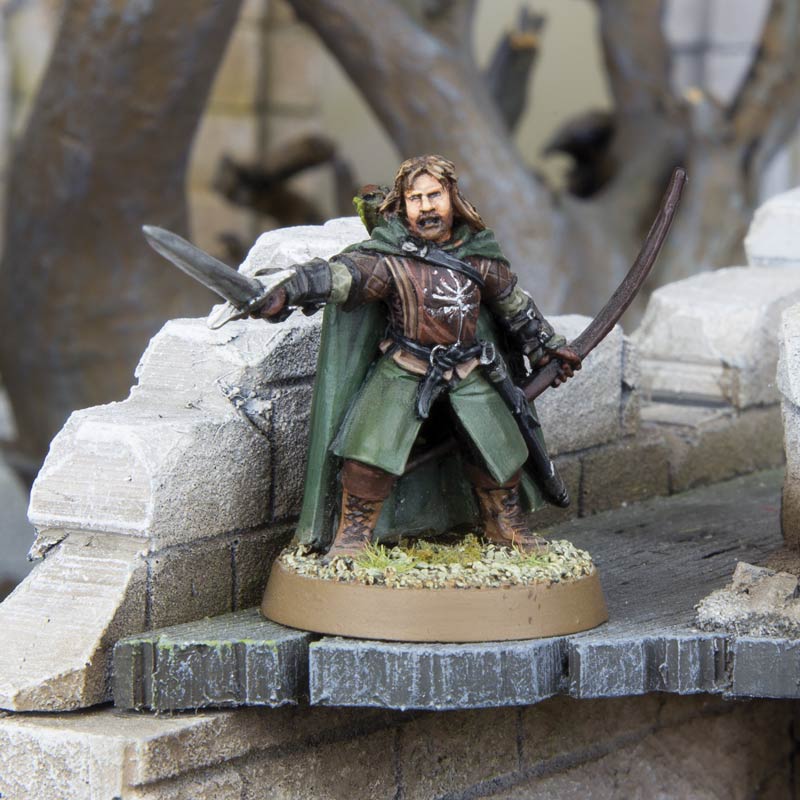

/cdn.vox-cdn.com/uploads/chorus_asset/file/22677573/lotr1_movie_screencaps.com_23025.jpg)

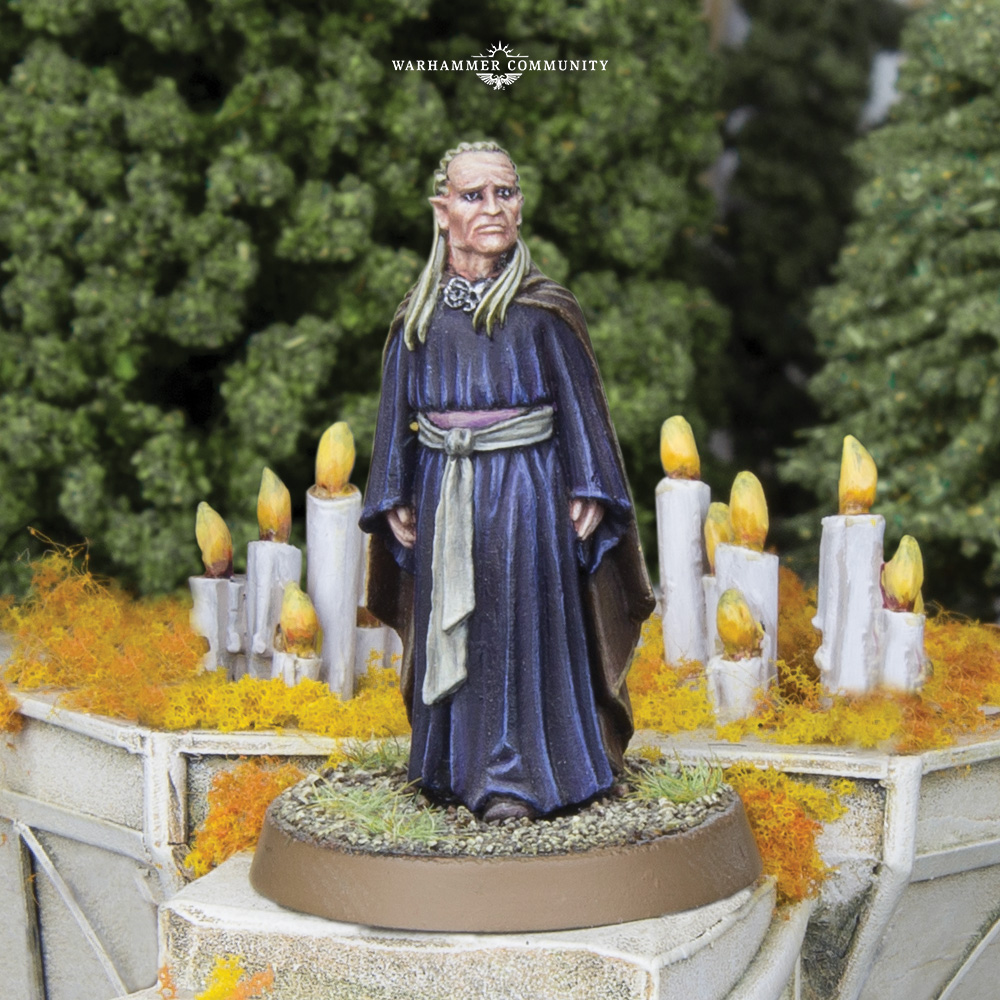
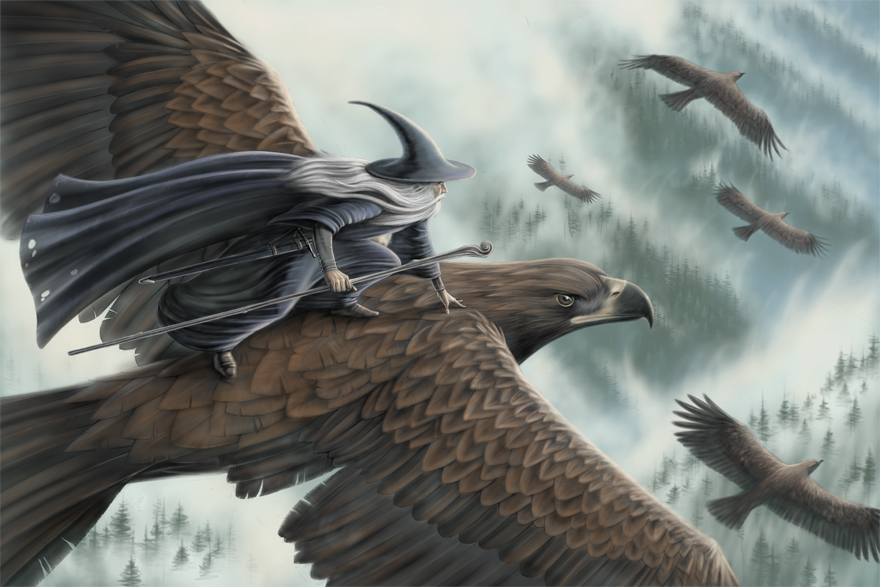
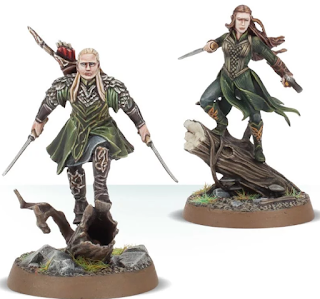
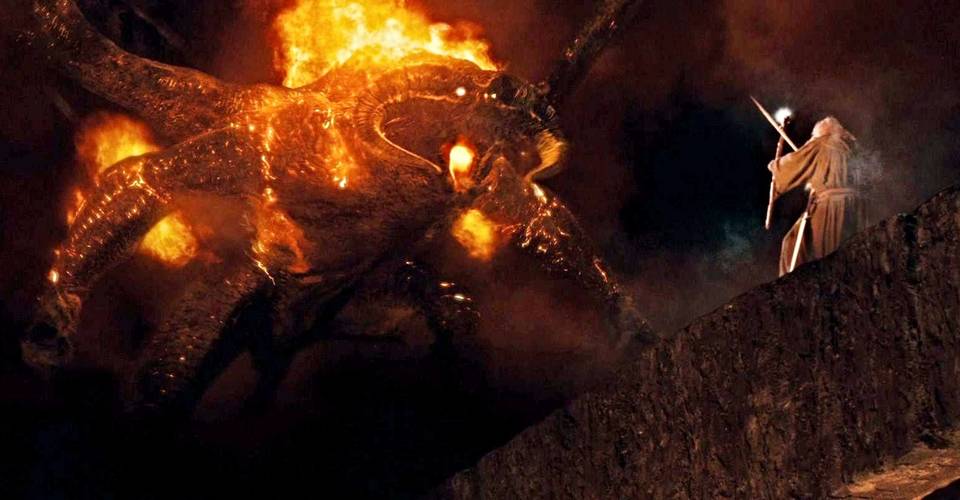

I love these articles - though I do have two small nits that need fixing. :) First off, Saruman casts SB on a 4+, not a 3+ - that would be broken. Also, you currently have the percentages of passing courage tests when Aura of Dismay is up (Goblins pass 42% of the time, while Uruks pass 58% of the time) - the section says that Uruks fail more than Goblins . . . kinda makes a difference. ;-)
ReplyDeleteThe point of Boromir's banner is a good one - for that reason, I think the Fellowship Boromir is more useful in this (not only because he saves you 65 points over his equivalent mega-version, but also because he gives you March - in case you didn't bring Aragorn). I wouldn't slot him in his name-sake slot though - something I assume you'll be covering in your next article. Can't wait!
The "Gandalf" in a fantasy fellowship gains +1 to all their casting rolls after Moria, so Saruman would get +3 SB
DeleteYou're very right re Saruman, but so is Lemon; lots of people get excited about Saruman the Even-Whiter casting on a 3+, and that's what I was referencing here. Great point re AOD odds though, I'll swap that around!
DeleteI'm probably inclined to agree re Boromir and which one is more useful. Both suffer from the downside of relying on lots of Might expenditure to be useful, which can be difficult in long sections like Moria where you can't rely on it all coming back. But the Horn and Match are both pretty awesome though, and he's cheap enough to be a bargain (at least when not compared to Thorin's Company!